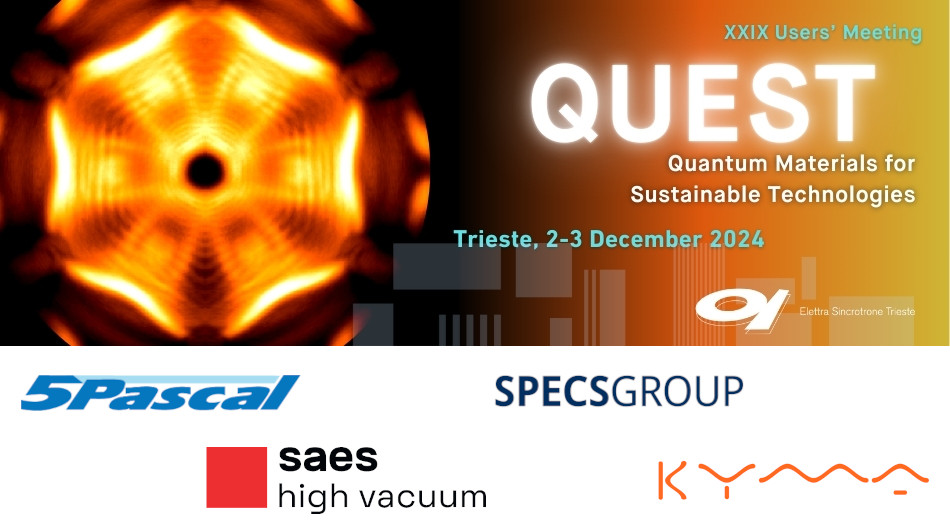Speaker
Description
Recently, alloys and intermetallic compounds have gained significant attention due to their unique electronic and geometric structure, which are favourable for efficient catalytic applications. They offer promising alternatives to traditional monometallic catalysts, particularly in terms of cost, activity, stability, and selectivity. In this context, Ni-Ga bimetallic based catalysts demonstrates effective catalyse that reduces CO2 to methanol at ambient pressure. The surface electronic structure is expected to play an important role in the material’s catalytic activity.
In this study we investigated the surface electronic structure of Ni2Ga3, a stable and active compound in the Ni-Ga bimetallic family, utilizing angle-resolved photoemission spectroscopy (ARPES) combined with density functional theory (DFT). Trigonal structure Ni2Ga3 represents a topological semimetal characterized by a tilted type-II Dirac crossing within its unoccupied states which is robust, under significant spin-orbit coupling effects. Moreover, the material is hosting multiple surface states.. ARPES spectra display the presence of several bands across the Brillouine zone (BZ), including dispersive bulk bands that form electron pocket-like states close to the Fermi level (EF) corresponding to the triangular warped pockets encircling the corner of the Brillouin zone. A bunch of hole-like bands across the zone centre is crossing the EF forming a star-like Fermi contour around the centre of the BZ. In addition, parabolic arc-like and Dirac-like surface states are also evident in the valence band. Since, the bulk band entanglements and presence of robust surface states favours the topological materials to stand high as a potentially active and highly efficient catalysts, the presence of multiple electron-hole pockets at EF together with surface states Fermi contours may be favouring the Ni2Ga3 catalytic activity.

